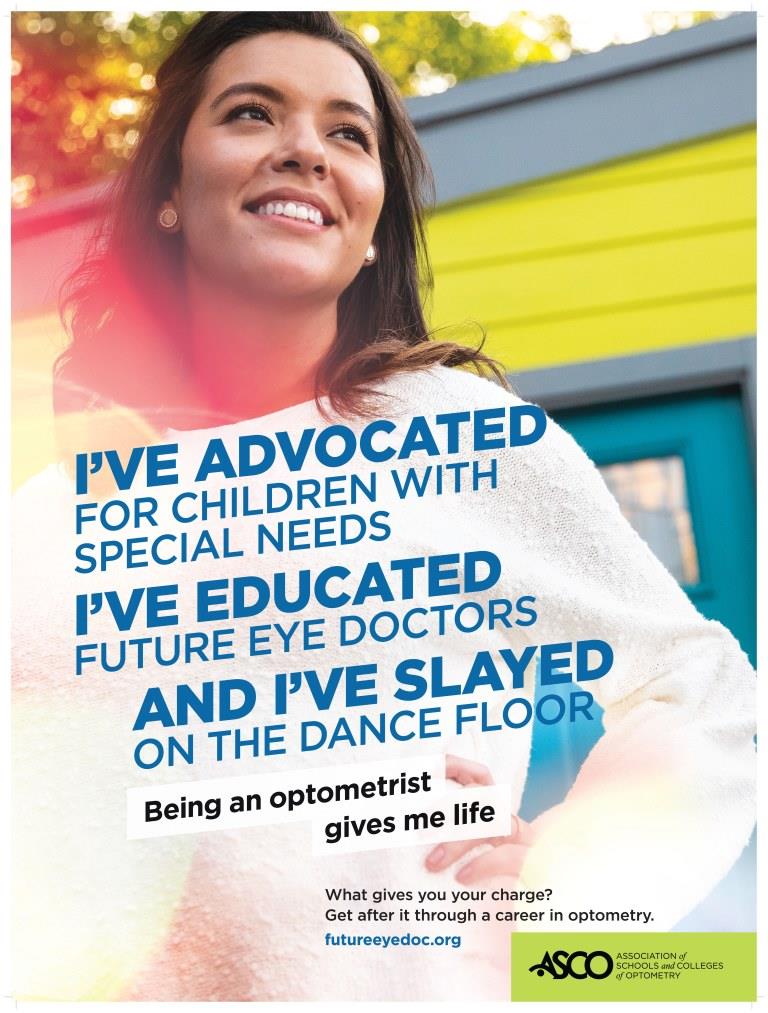Focused on What’s Most Important: Dawn Mancuso, Association of Schools and Colleges of Optometry
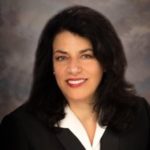
Like many association professionals, Dawn Mancuso started association work after finding a job, editing publications for a health care association soon after graduating college. She fell in love with the work of association management and now serves as the executive director for the Association of Schools and Colleges of Optometry.
Dawn spoke with Association Adviser about her love of learning and how it has helped her recognize opportunities to advance her organization, as well as the good work others are doing to support their industry and peers. She has helped author such well-known publications as Professional Practices in Association Management and Good to Great; reminding us that learning can take many forms. Dawn has volunteered with several non-profits to better understand what motivates volunteers and what makes their experience worthwhile; and she has served on the board of ASAE: The Center for Association Leadership to learn how to afford others the same strategic guidance and career support she has been given over the years.
As for what keeps her up at night? There are the usual worries about sustaining membership engagement and a pipeline of future optometrists at ASCO, but Dawn’s recent experience examining all the talent among us while serving on the selection committee for ASAE’s Fellows (She’s one of the most involved association professionals you’ll meet!) has convinced her that the future of the association community, and of our country, is very bright indeed.
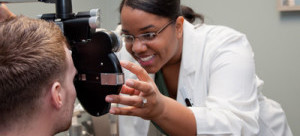
Association Adviser: Tell us about your professional background. You earned a bachelor’s degree in international relations. What did you plan on doing in that field? How did you end up as the executive director for the Association of Schools and Colleges of Optometry?
DM: I pursued a degree in international relations because I loved studying other cultures. In high school, I studied three other languages – French, Spanish and Russian. I loved history and the social sciences, too. One of my language teachers got her undergraduate degree in languages and linguistics from Georgetown University, and she encouraged me to look at their programs. Georgetown’s School of Foreign Service seemed to be the perfect combination of subject matter for me – so I applied early decision and was lucky enough to get accepted!
As you can imagine, Georgetown was an expensive institution, so I needed to work while attending school. One of my jobs was doing editorial work for a brand new government agency – the Federal Emergency Management Agency. I always loved writing, and wrote for one of Georgetown’s school papers. I didn’t want to go right onto graduate school immediately after completing my undergraduate degree, so I took a job working for an afternoon daily newspaper (the Philadelphia Bulletin) in the Washington Press Building. It was a great experience, but the timing wasn’t good…readership for afternoon newspapers was waning and many afternoon daily newspapers were closing shop, including the one I worked for. My student loans were coming due, and I needed a new job quickly. I found that job serving as an editor for an association in the healthcare field. I didn’t know what an association was at the time, but I found my calling. I fell in love with association management and have never looked back!
AA: You also have volunteered with several non-profits/organizations outside of the association community over the years. How have your experiences with People-Animals-Love and DC for Obama informed your work at ASCO – or vice versa?
DM: In SO many ways! Serving as a volunteer is the best way to appreciate what it takes to be a good volunteer and just how much an organization’s culture – as practiced each and every day by staff and board members – can influence whether or not the volunteer experience is a rewarding one. Volunteering for other non-profit organizations – whether they are inside or outside the association community – keeps me humble and focused on what is most important.
Early on in my career, I had the unique opportunity of starting a new association. The organization was headquartered on the West Coast, at a time when there really was no internet/world wide web, email or cell phones. Yes, I am that old! At that time, there really wasn’t a strong association community where we were located. I learned quickly just how lucky I had been to work in the DC area, with such a robust association community around me from which to learn and network. I promised myself that I would volunteer within the association community as well as outside of it to not only continue my learning but also help to mentor others along the way.
Working for a non-profit association is such a privilege. Every day is different – no boredom here! I have the great fortune of working with the best, brightest, and most dedicated individuals in optometric education, on the most pressing and important issues facing the community. There’s no doubt that association management professionals get to make a difference in other people’s lives each and every day.
AA: What was it like to serve on the board of ASAE? What kind of issues did you and fellow board members work on? And what would you say to someone aspiring to join the ASAE board some day?
DM: I am very grateful that I had the wonderful experience of being able to give back to a community that has given so much to me both personally and professionally. Being a member of the ASAE board was one small way for me to return the favor, since ASAE has been such a resource to me throughout by career. ASAE’s educational programs, valuable publications and resources, and extraordinary networking helped me learn and grow in this magnificent field.
My service was a long time ago, but many of the issues facing the organization at the time are similar to those today: Educating the next generation of leaders for the community; raising awareness of and support for the role associations play within communities; and building a base of knowledge and educational resources for the field that will serve members and volunteers alike.
I would strongly encourage anyone interested in serving on the ASAE board to get very involved in the organization. There are many ways to volunteer with ASAE, and so much good work going on, that the experience is bound to be rewarding and educational. Serving on the board will definitely give you a birds-eye view of ASAE’s operations, and offer you an opportunity to contribute in the highest level discussions with some of your most well-respected colleagues. Still, volunteering at any level within ASAE provides so many opportunities for growth and giving back.
AA: You’ve been a contributor to publications such as Professional Practices in Association Management and Good to Great. What made you want to contribute to these publications? What did you learn from working on these books?
DM: I have always been a kind of a nerd when it comes to reading and learning. And, I love my profession so much that I believe strongly that it deserves to be as well-respected and recognized as other academic pursuits. Research-based publications and text books help create that respect. In my early years, I learned how to be an association manager from watching others and by doing on-the-job training. As my career progressed, I benefited greatly from attending educational programs put on by ASAE and through networking with a broad base of professionals. How much easier that learning has become because of the addition of a wide variety of educational resources like the books that are dedicated specifically to our field!
I used to think that only the most experienced professionals could contribute to a field’s body of knowledge. One thing I learned from the process of working on the 7 Measures of Success: What Remarkable Associations Do that Others Don’t and the Professional Practices in Association Management is that authors learn as much in their research as they do by reading and studying other people’s work. In both cases, I worked collaboratively with a team of other authors and editors who taught me much along the way.
AA: In terms of your job, what keeps you up at night?
DM: One of the biggest challenges to any leader is to keep watching for future trends that will someday in the future affect your members and your organization, and to find new ways to engage members around how to address those trends in a timely manner.
So much of today’s society is in a state of flux: Generational changes; environmental crises; disruptions in major societal systems; disagreements about the core tenets of the cultural experience of being an American. ASCO sits at the nexus of two of those major systems – healthcare and education. There will never be enough we can do to help our members cope with the downstream effects of these trends on their institutions. But we sure try!
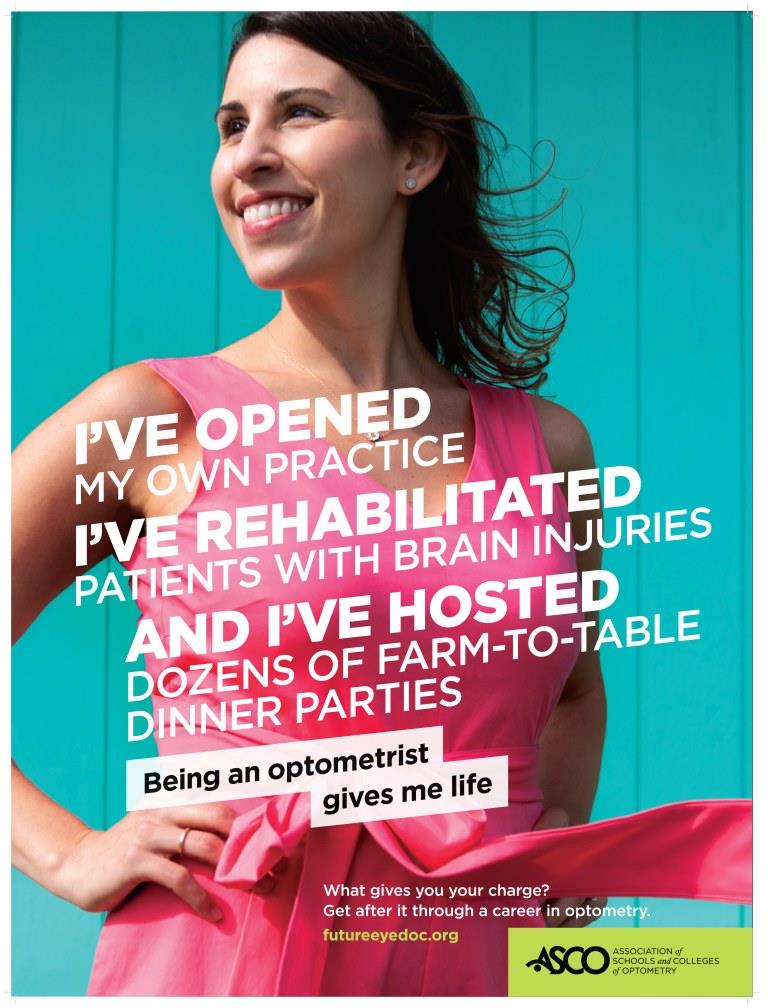
One of our biggest challenges to date is to build awareness among our nation’s young people about how wonderful a profession the practice of optometry is. We’ve invested significant resources – more than ever before in ASCO’s history – to develop a targeted digital campaign called Optometry Gives Me Life, complete with a special website at futureyedoc.org. We showcase young professionals from diverse backgrounds who not only have fascinating practices, but also live well-rounded lives and do extraordinary things outside of their work. Launched in late March of this year, the campaign is just starting to show results (more than 30 million impressions at last count), so we are hopeful about the positive impact it can have on the lives of students who never thought about becoming an eye doctor before.
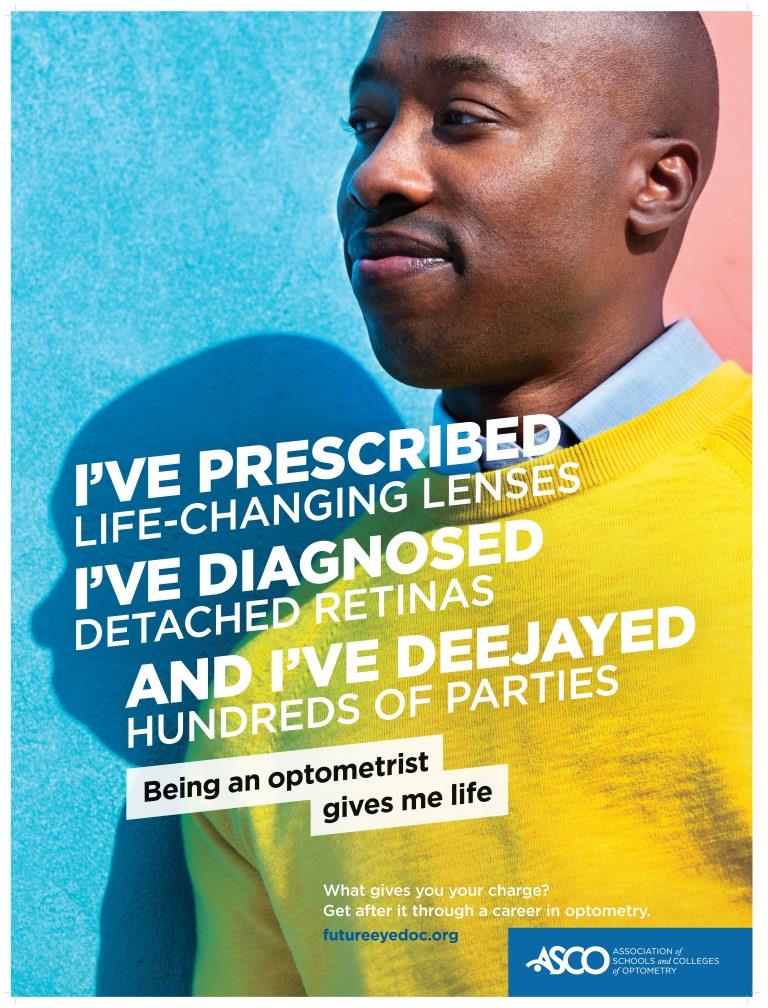
On a positive note, I used to worry about where the next generation of talented association professionals would come from. I found association management accidentally; I didn’t want that to be the only way young people identified the profession as an opportunity. I am happy to see so many energetic and dedicated individuals choosing association management for their careers, and giving back so generously through involvement with ASAE. I recently completed a three-year term on the selection committee for ASAE’s Fellows, and I am so excited about the quality of people interested in serving and the caliber of those selected in recent years. So many qualified professionals bodes well for a very bright future!
